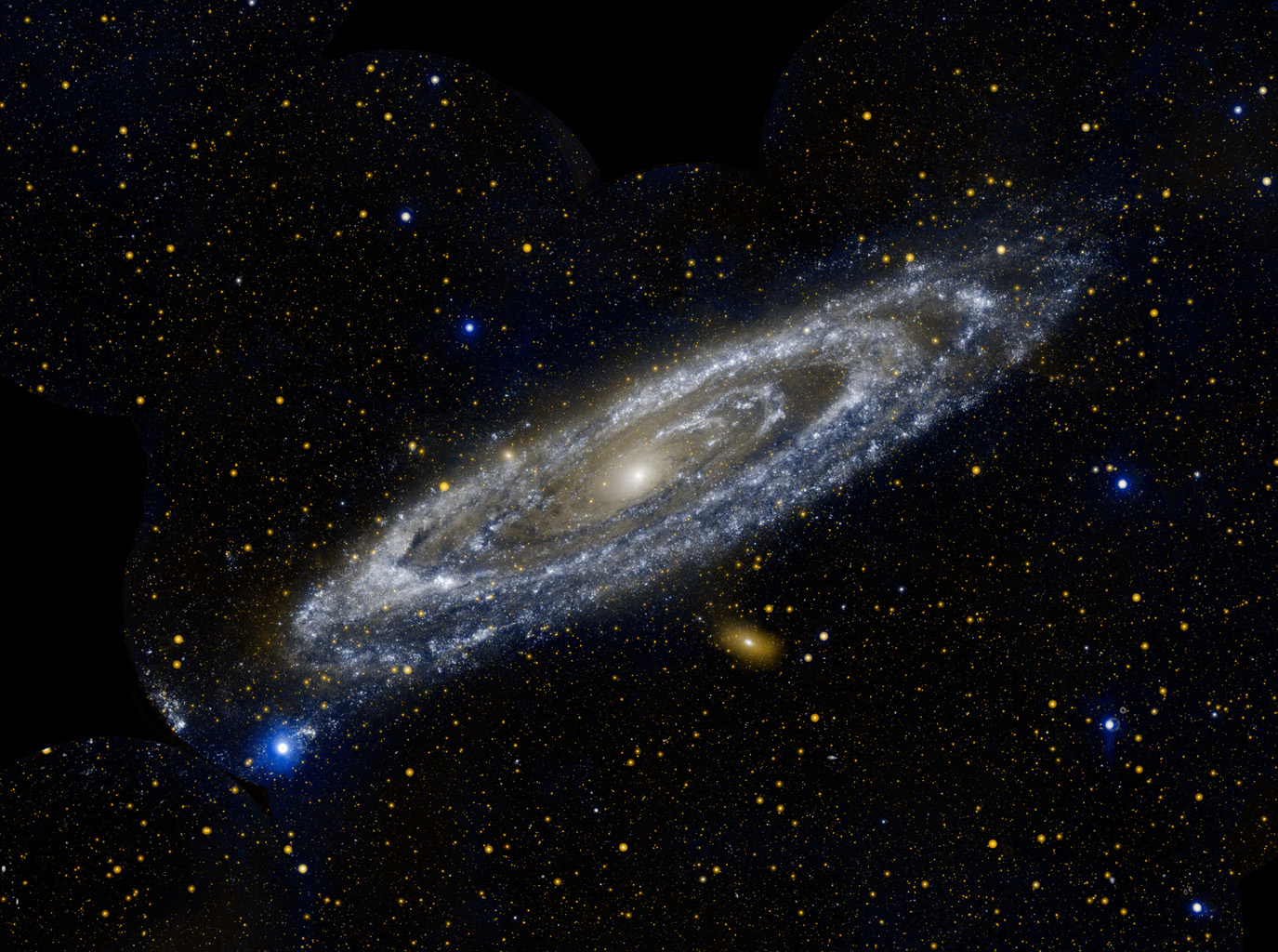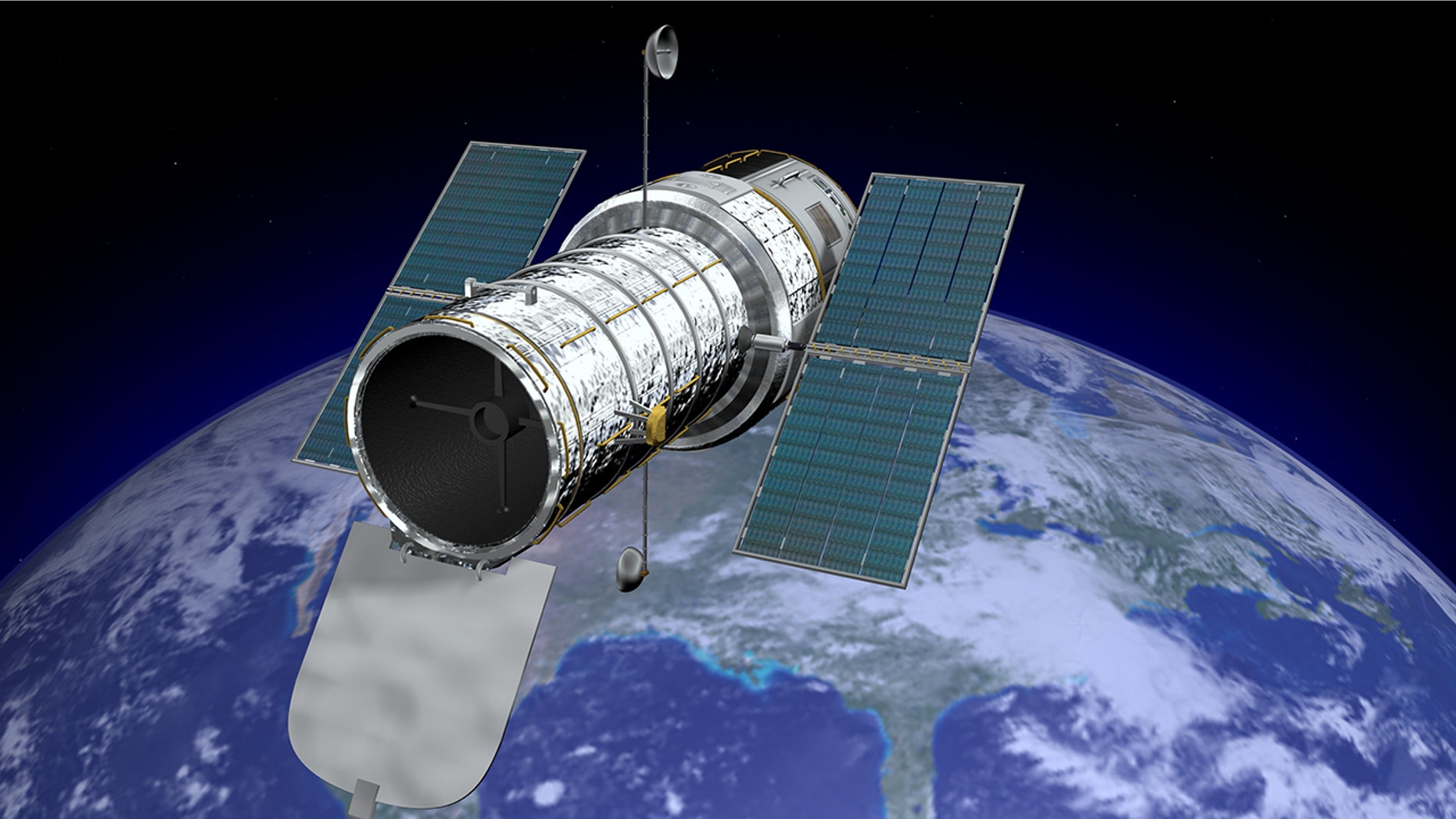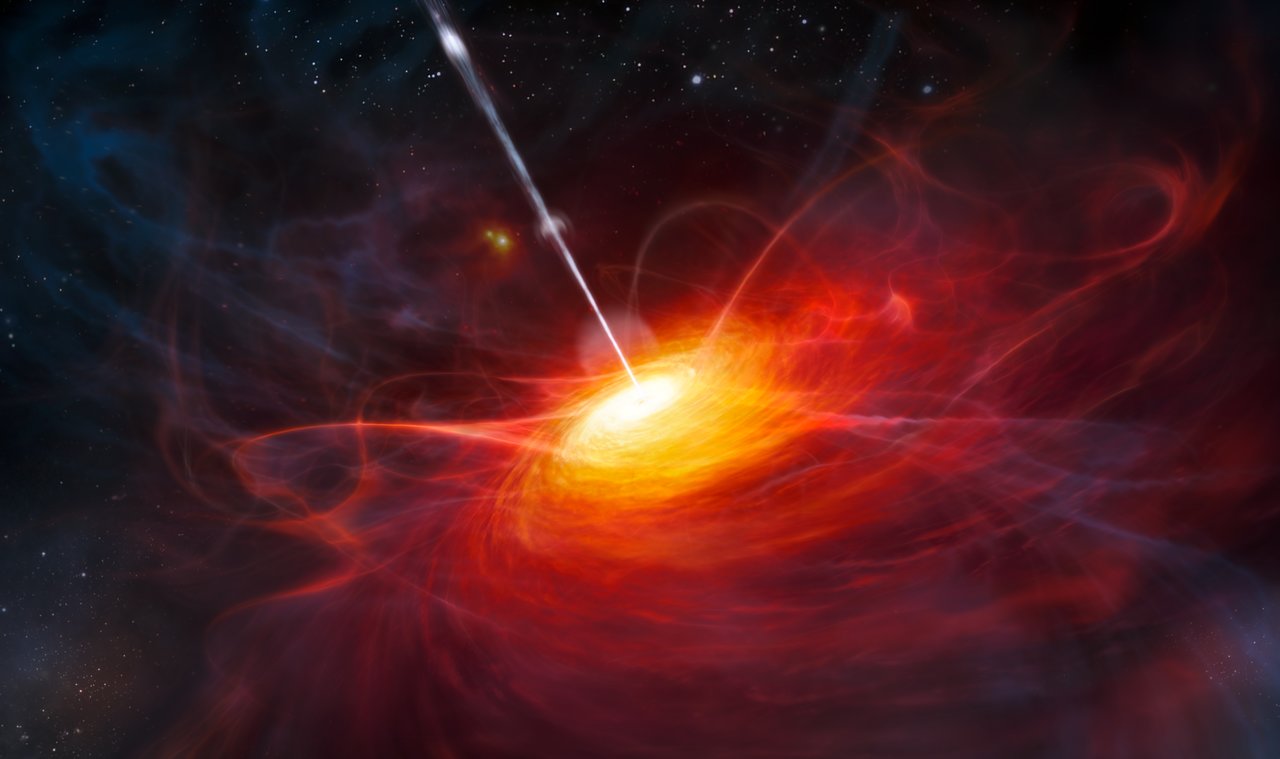Andromeda’s Giant Halo mapped by Hubble
Andromeda, our nearest galactical partner has been a fairly exciting part of our understanding of the universe. Only yesterday, a new and massive discovery has been made in relation to it. This is credited to National Aeronautics and Space. NASA has been successful in mapping the halo of the galaxy closest to us. A halo as described by NASA is a massive envelope of gas.

The Halo’s Structure
The structure of its halo has two layers to it. As a result, it has a complex yet possibly similar structure to us.
The inner layer is half a million light-years. The structure of the inner Andromeda also known as M13 is extremely complex. part of its complexity is owed to extreme radioactivity.
The outer layer is much hotter and smoother than the inner layer. it also seems to be less complex when compared with the inner layer.
Role of the Hubble telescope
The Hubble space telescope is a space telescope that is launch into low Earth’s orbit. Moreover, it has been a part of the NASA family since 1990 and remains in operation. It is one of the largest and most versatile telescopes. The Hubble telescope finds it’s origin after astronomer Edwin Hubble.
Hubble cosmic origin spectogram was used for studying quasars. It plays a major role in outlining and mapping the M13.

This is an image of the acclaimed Hubble telescope.
Project Amiga and Quasars
Project AMIGA (Absorption Maps In the Gas of Andromeda) is a large ultraviolet Hubble Space Telescope program. AMIGA has examined light from 43 quasars. Hubble’s cosmic origin Spectogram helps in studying ultraviolet quasars. Quasars are distinct cores of active galaxies that get power from black holes.
 Above is an image of a Qasar.
Above is an image of a Qasar.
Collision Course?
Importantly, our galaxy and M13 are already expanding and moving towards each other. Secondly, both these galaxies are heading towards a massive collision. In addition, if both these galaxies may collide with each other than there may be an immense elliptical galaxy. This collision course is not about to happen soon. in conclusion, we have nothing to worry about from the collision course.
Above all, the discovery of this halo might help us in understanding not only our neighbor Andromeda. in addition, it will help us also learn more about our own galaxy due to the geographical proximity. We do not know enough about our own galaxy. scarce knowledge or even lack of it is because of the great scientific difficulties we face. In other words, the discovery of the Andromeda will help us expand our horizons of knowledge in the galactical sphere.
